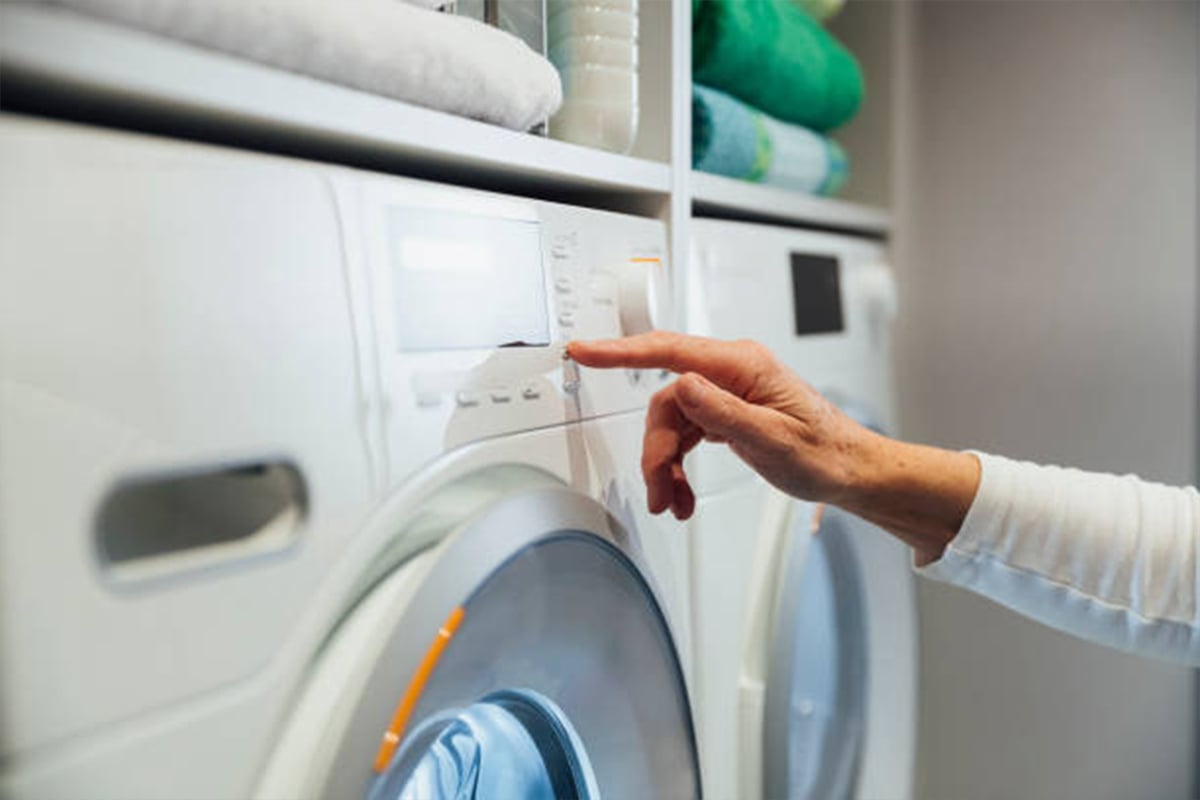Can You Repair Washer Parts Yourself: A Comprehensive Guide
Washing machines have become an essential appliance in every household, making laundry a breeze. However, like any other machine, washers can encounter problems and require repairs. One question that often arises is, "Can you repair washer parts yourself?" In this article, we will explore the various aspects of washing machine repairs and provide you with the necessary information to tackle some common issues on your own.
Understanding Washer Parts
Before delving into repairing washer parts, it is crucial to have a basic understanding of the components that make up a washing machine. A typical washer consists of various parts, including the motor, drum, agitator, water inlet valve, drain pump, and control panel, among others. Each part plays a vital role in the overall functioning of the machine.
Identifying Common Washer Problems
Washing machines can experience a range of issues, from minor inconveniences to major malfunctions. Some common problems include the washer not spinning, leaking water, not draining properly, or producing excessive noise. Identifying the problem correctly is the first step in determining whether you can repair the washer parts yourself.
Assessing Your DIY Skills
Repairing washer parts yourself requires a certain level of technical knowledge and skill. While some issues can be resolved with basic troubleshooting, others may require more advanced skills or specialized tools. It is important to assess your own DIY abilities and determine whether you feel confident in tackling the repair.
Basic Washer Repairs You Can Do Yourself
There are several basic washer repairs that you can attempt to fix on your own. These include replacing a clogged or faulty water inlet valve, unclogging the drain pump, or swapping out a broken door switch. With the help of online tutorials and user manuals specific to your washer model, you can often successfully complete these repairs.
When to Call a Professional
While it is possible to repair certain washer parts yourself, there are instances when it is best to leave the job to a professional. Complex issues such as motor or transmission problems, electrical faults, or major leaks may require specialized knowledge and expertise. Calling a professional not only ensures the repair is done correctly but also minimizes the risk of further damage or personal injury.
Tools and Safety Precautions
If you decide to repair washer parts yourself, it is essential to have the right tools and take necessary safety precautions. Common tools required for washer repairs include screwdrivers, pliers, wrenches, and a multimeter to test electrical components. Additionally, always remember to unplug the washer and shut off the water supply before attempting any repairs to avoid accidents.
Accessing Replacement Parts
When it comes to replacing faulty washer parts, it is crucial to use genuine replacement components recommended by the manufacturer. These parts are specifically designed for your washer model and ensure optimal performance and compatibility. Many online retailers and local appliance stores offer a wide range of replacement parts, making it easier than ever to find what you need.
Online Resources and Communities
Repairing washer parts yourself can be made easier with the help of online resources and communities. Numerous websites and forums provide step-by-step guides, troubleshooting tips, and video tutorials for various washer models. Engaging with these communities can not only assist you in repairing your washer but also save you time and money.
Regular Maintenance to Prevent Repairs
Prevention is always better than cure. By practicing regular maintenance, you can minimize the chances of encountering major washer problems. Simple tasks like cleaning the drum, checking hoses for leaks, and ensuring proper detergent usage can go a long way in extending the lifespan of your washer and reducing the need for repairs.

